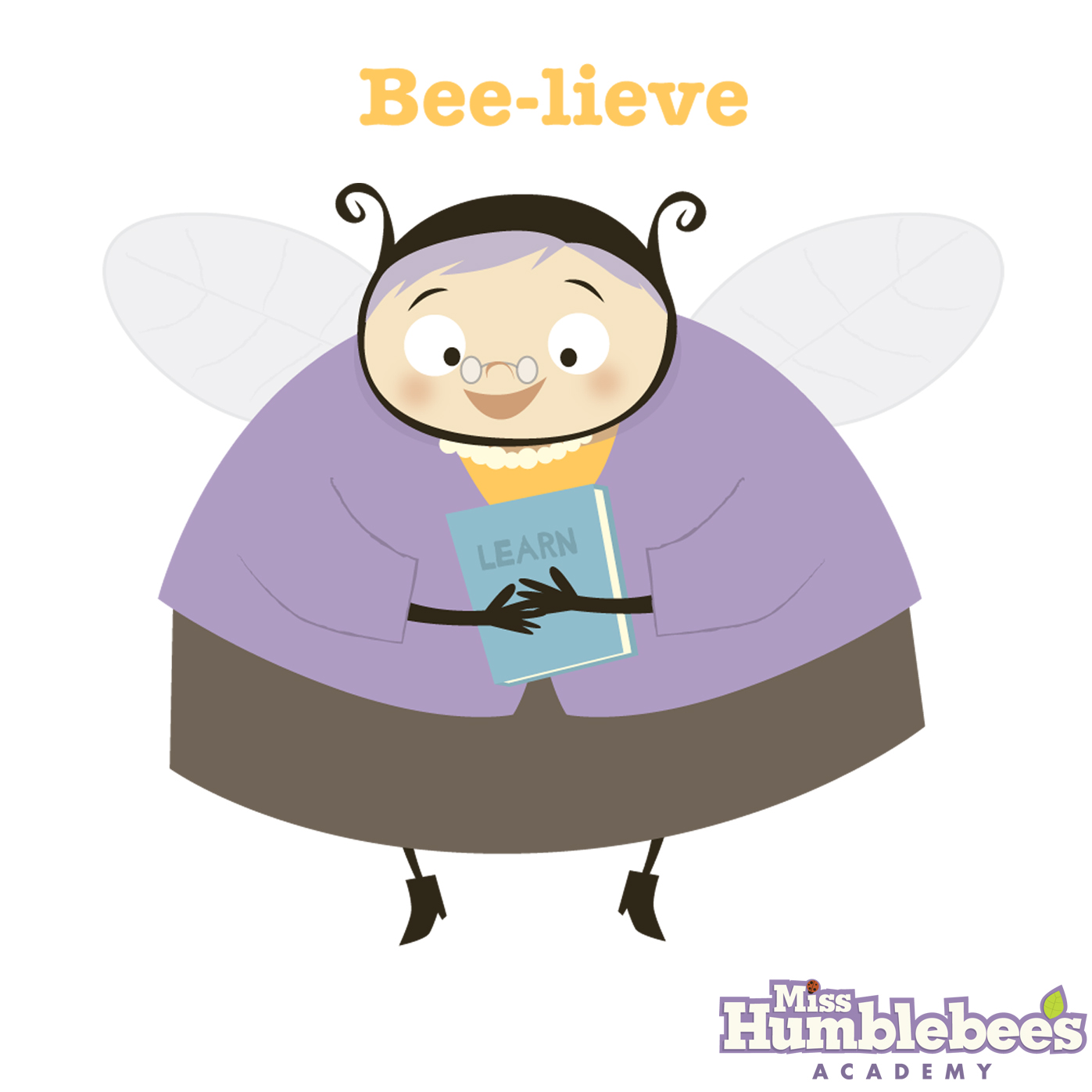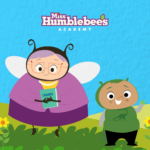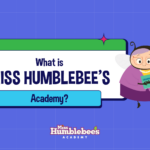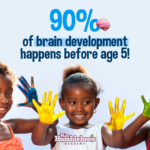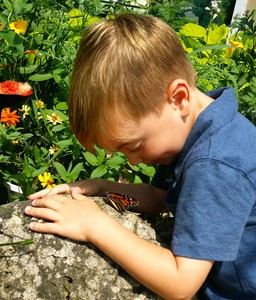 Reading a book about The Very Hungry Caterpillar, creating your very own butterfly with paper and crayons is nothing compared to actually seeing a butterfly right before your very eyes.
Reading a book about The Very Hungry Caterpillar, creating your very own butterfly with paper and crayons is nothing compared to actually seeing a butterfly right before your very eyes.
What if learning could always be this real and hands on without going on a field trip or leaving your home or classroom? Imagine how exciting learning would become for our young learners.
Changes in technology have a great deal of influence regarding the ways in which information is received, interpreted, and stored. Its benefits are undeniable particularly for young learning minds and the facilitation of emotional, psychological, social, and intellectual development. Incorporating Augmented Reality into a curriculum for kindergarten includes 3D imaging and modern processes that facilitate educational measures and stimulate young minds.
Very young children can develop visual, spatial, mathematical, social, emotional, and creative abilities faster with the correct stimulation. Augmented Reality includes 3D imaging and artwork with bright, bold colors and animation that has been shown to maximize stimulation and intellectual responsiveness in kindergarten learners. Presenting AR in this manner can assist in engaging young minds and providing a fun educational environment.
Miss Humblebee’s Academy has incorporated Augmented Reality into its curriculum proving most favorable among younger learners. This includes the use of 3D and 360 imaging that captures the attention of students and allows for the development of social awareness and responsibility in an efficient manner. It is also a suitable choice for students who may be struggling with traditional academic programs.
There are a number of simple ways to integrate such measures into the daily classroom setting. This includes the simple download of applications including virtual coloring sheets from trusted websites and using the platform on a Tablet, phone or computer to allow for maximum student engagement. The application allows individuals to color in the sheets while learning how to use technology.
Augmented Reality has been shown to provide equity in a classroom setting and stimulates diversity as it encourages student interaction. With exciting features provided on a computer based platform, learners are excited about the subject and are more likely to engage in the different educational processes. It can ease the teaching process and assists students with higher level academics at a later stage.
Most young learners disengage from the educational process because it is often outdated, lacks stimulation, and does not incorporate technology that surrounds daily life. Reliance on modern processes can deliver a more engaging and structured environment where students are able to interact on an intellectual and a social level. With more schools reporting successful results with AR technology, there are more reasons to incorporate such measures into the daily program.
Check out this other great article Using Augmented Reality for Learning and Teaching
Print out your FREE Augmented Reality Worksheet Which Letter Comes Next?
Make sure to download our free Augmented Reality App in order for our worksheet to come alive.
